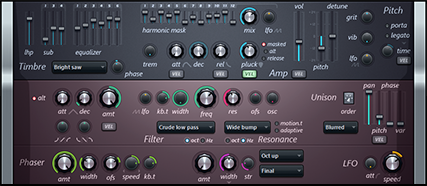

P53 is best understood as a tumor suppressor ( Hollstein et al., 1991).

Loss of PTEN, another common oncogenic event, results in resistance to PD-1 blockade in both melanoma and uterine leiomyosarcoma ( George et al., 2017, Peng et al., 2016), while β-catenin signaling in melanoma was shown to limit T cell infiltration ( Spranger et al., 2015). The co-activation of KRAS and MYC in lung tumors restructures macrophage and T cell responses in a CCL9 and interleukin-23 (IL-23)-dependent manner ( Kortlever et al., 2017). RAS signaling also increases tumor cell expression of PD-L1 ( Coelho et al., 2017), thereby suppressing activated T cells, and increases secretion of granulocyte-macrophage colony-stimulating factor (GM-CSF) to promote pancreatic neoplasia ( Bayne et al., 2012, Pylayeva-Gupta et al., 2012). Oncogenic RAS can promote expression of various cytokines ( Ancrile et al., 2008) that result in an inflammatory response, which is thought to promote cancer progression.
#FL STUDIO HARMOR FREQUENCY MODULATION FULL#
It is apparent that the constellation of oncogenic events that leads to full neoplastic transformation can influence the effector function of the immune response in several ways. Current human studies have shown durable and complete responses to immune checkpoint blockades in a number of tumors however, for reasons that are not completely clear, a sizable proportion of cancers fail to respond.

There is strong evidence that cancer cells have the potential to be recognized by the immune system but that they can mobilize various mechanisms of immune evasion and escape, such as upregulation of immune checkpoint proteins to dampen T cell effector responses ( Ribas and Wolchok, 2018).


 0 kommentar(er)
0 kommentar(er)
